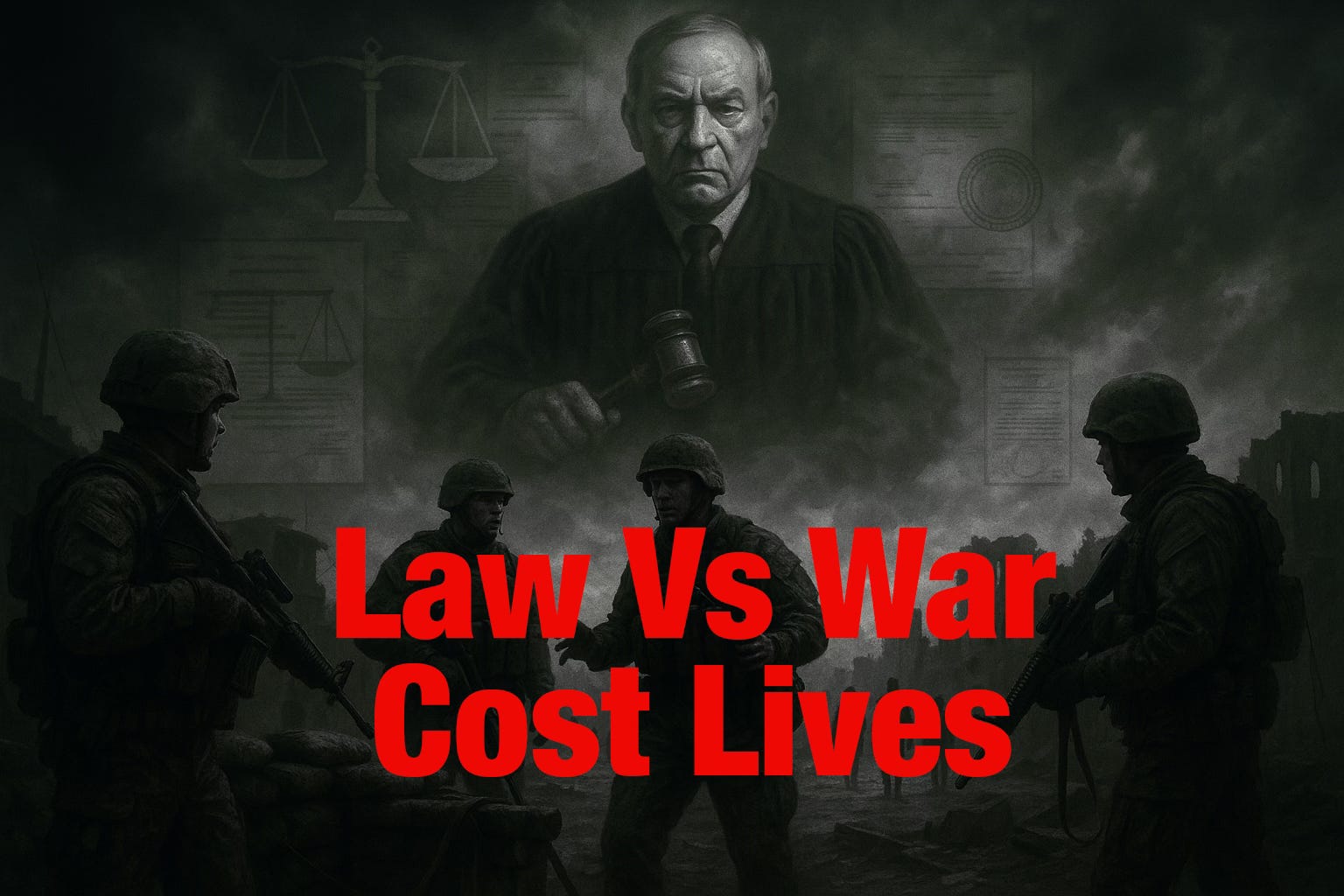When Laws Kill: How Legal Constraints Hamper Military Effectiveness
From Rwanda to Srebrenica, rigid international frameworks have stalled decisive action, leaving both civilians and soldiers exposed. Understanding these failures is crucial to creating a balance.
In the realm of international relations and military operations, the balance between legal frameworks and effective military action has often tilted precariously. There are numerous instances where legal restrictions have not only hampered military efficacy but have also put lives at risk. We need to explore these examples to understand the broader implications of legal constraints in military operations.
Learning from failures in Rwanda and Yugoslavia
The United Nations, a cornerstone of international governance and peacekeeping, has continually grappled with its legal frameworks. Take Rwanda as a poignant example. The UN mission there was instrumental in its failure to prevent the genocide that unfolded. Despite having no colonial ties, British troops were later deployed post-genocide to assist in rebuilding efforts. This highlights the stark contrast between proactive military intervention and the debilitating indecisions rooted in institutional paralysis.
Srebrenica offers another somber lesson. In July 1995, in the Bosnian war, the 'guaranteed safe area' of Srebrenica was attacked by Bosnian Serbs. The UN's indecision and inability to take decisive action resulted in the massacre of 9,000 men and young boys. Despite this atrocity, accountability within the UN hierarchy remained elusive, underscoring a pattern of inaction cloaked in legal conformity.
Disconnects in Regulations
When NATO stepped into the fray in Yugoslavia, it inherited a set of rules of engagement seemingly crafted in isolation from the realities of military operations.
A peculiar incongruity emerged:Wwhile junior officers could authorise lethal force, the deployment of non-lethal tear gas required a general's consent, a bureaucratic process detached from operational exigencies.
This highlights a worrying trend of legal theories often failing to take into account the dynamic and exigent nature of military action.
The Broader Implications
Even when created with the best of intentions, legal frameworks can inadvertently endanger military personnel as well as civilians. Fortunately, there are instances when the military chain of command prevails over these flawed directives, as seen with NATO's intervention. This ongoing tension between legal theory and operational necessity calls for a re-examination of how such frameworks are devised, especially by individuals lacking direct military experience.
The Need to Rethink Legal Constraints
These international examples underscore a troubling pattern. Increasing legal constraints on military action, often designed by individuals unfamiliar with the realities of warfare, lead to operational paralysis and heightened risks for armed forces.
As the world continues to grapple with conflict and peacekeeping, there is an urgent need to strike a more informed balance between adhering to legal frameworks and ensuring military effectiveness, keeping the ultimate goal of safeguarding human lives at the forefront.
Lt. Col. (Ret’d) Simon Barry explores these issues in his latest video post.



Our Armed Forces are thoroughly trained to be excellent fighting troops. They are trained in warfare, trained to fight and kill if necessary, they are not trained to be peace keepers. Law makers are generally not sufficiently familiar with military matters and fail to understand, with some notable exceptions, how quickly life and death decisions have to be taken based upon split second assessments. Perhaps it should be mandatory that experienced senior officers from the Army, Navy and Air Force are heavily involved in the drafting of ALL terms and agreements of laws involving service men and women.
Let's be proud of our armed forces and give them the recognition they deserve.
We've learnt nothing since the charge of the light brigade.
Put veteran SAS lead operators in charge and see what the difference will be !